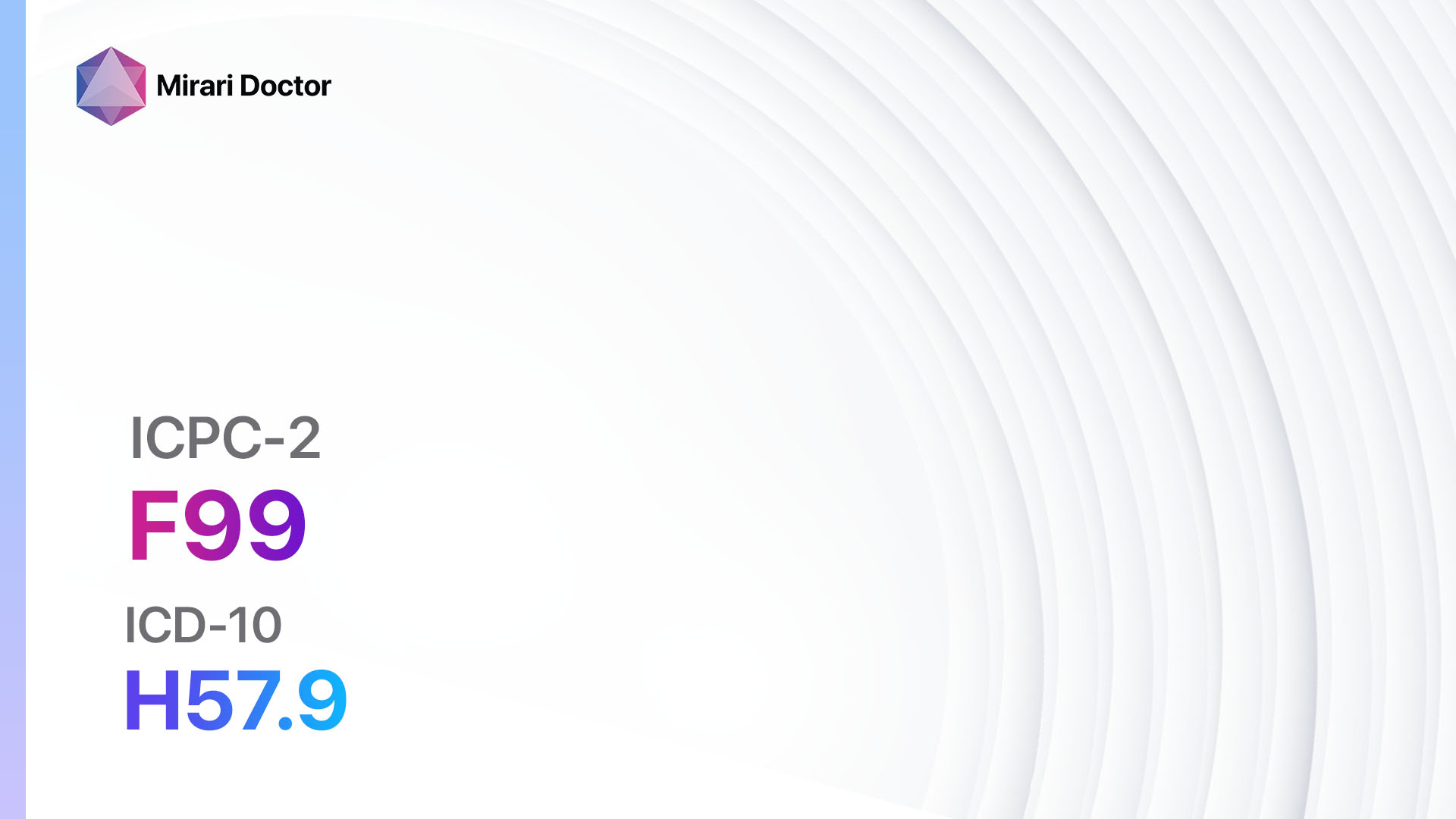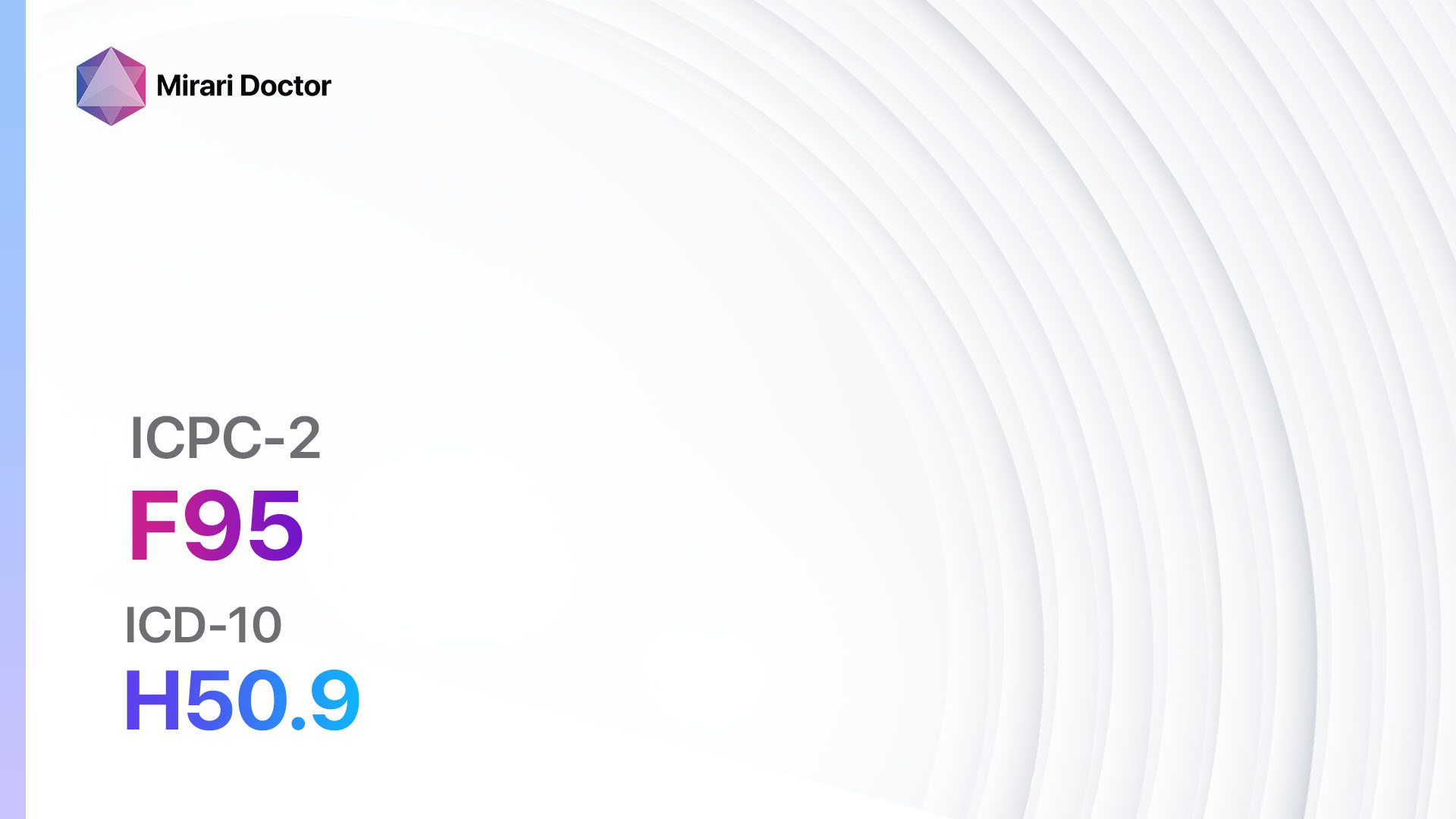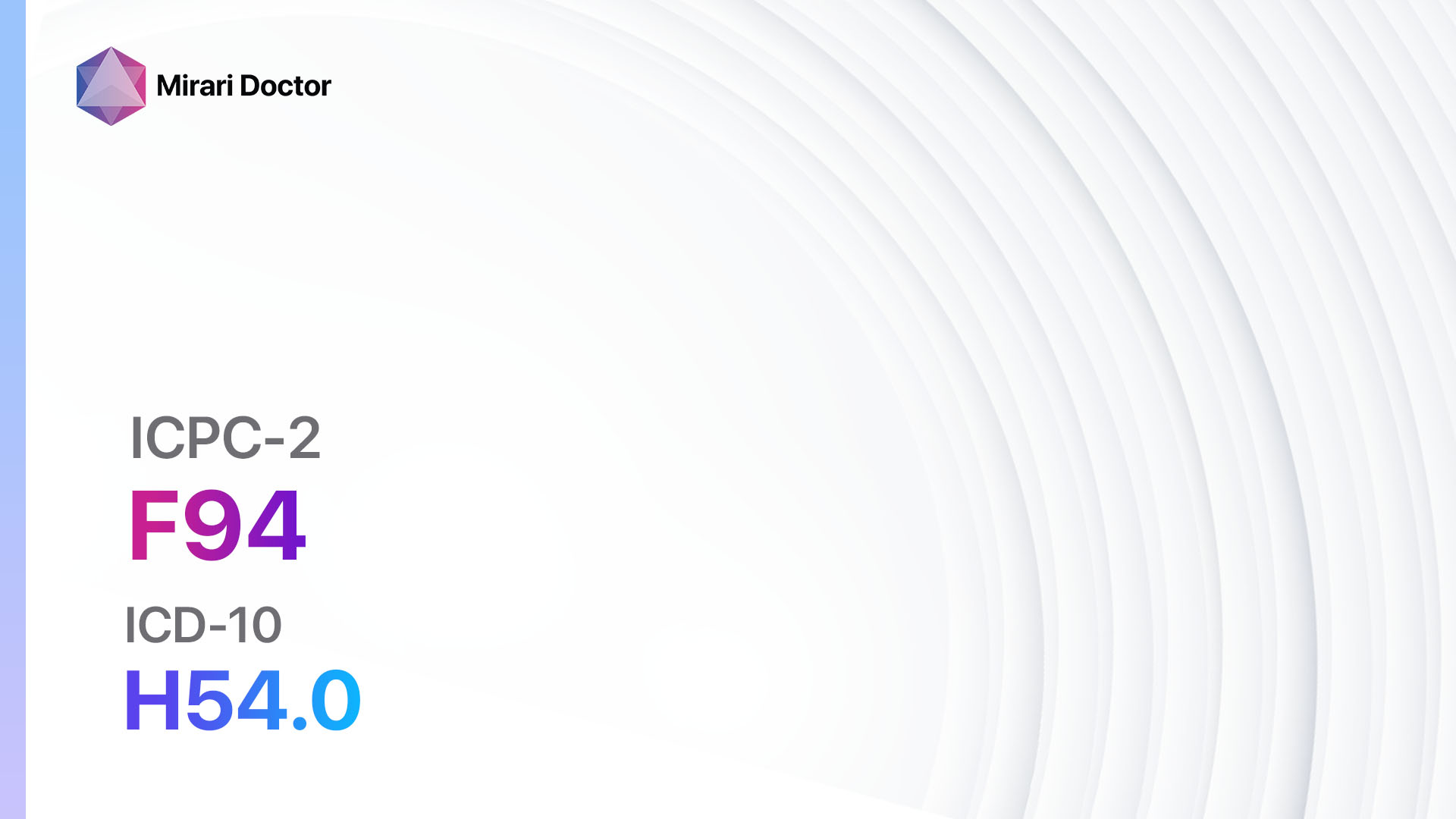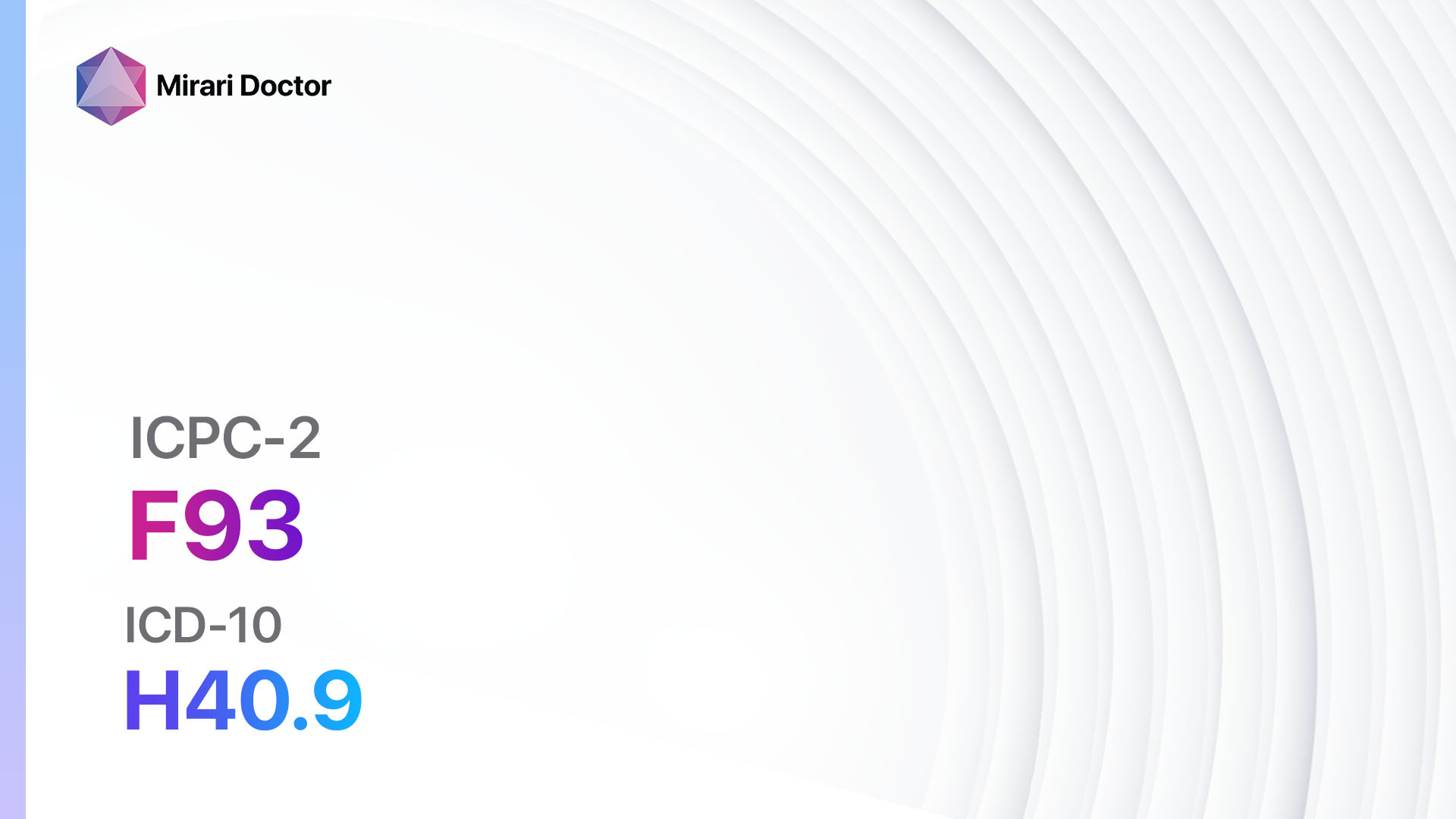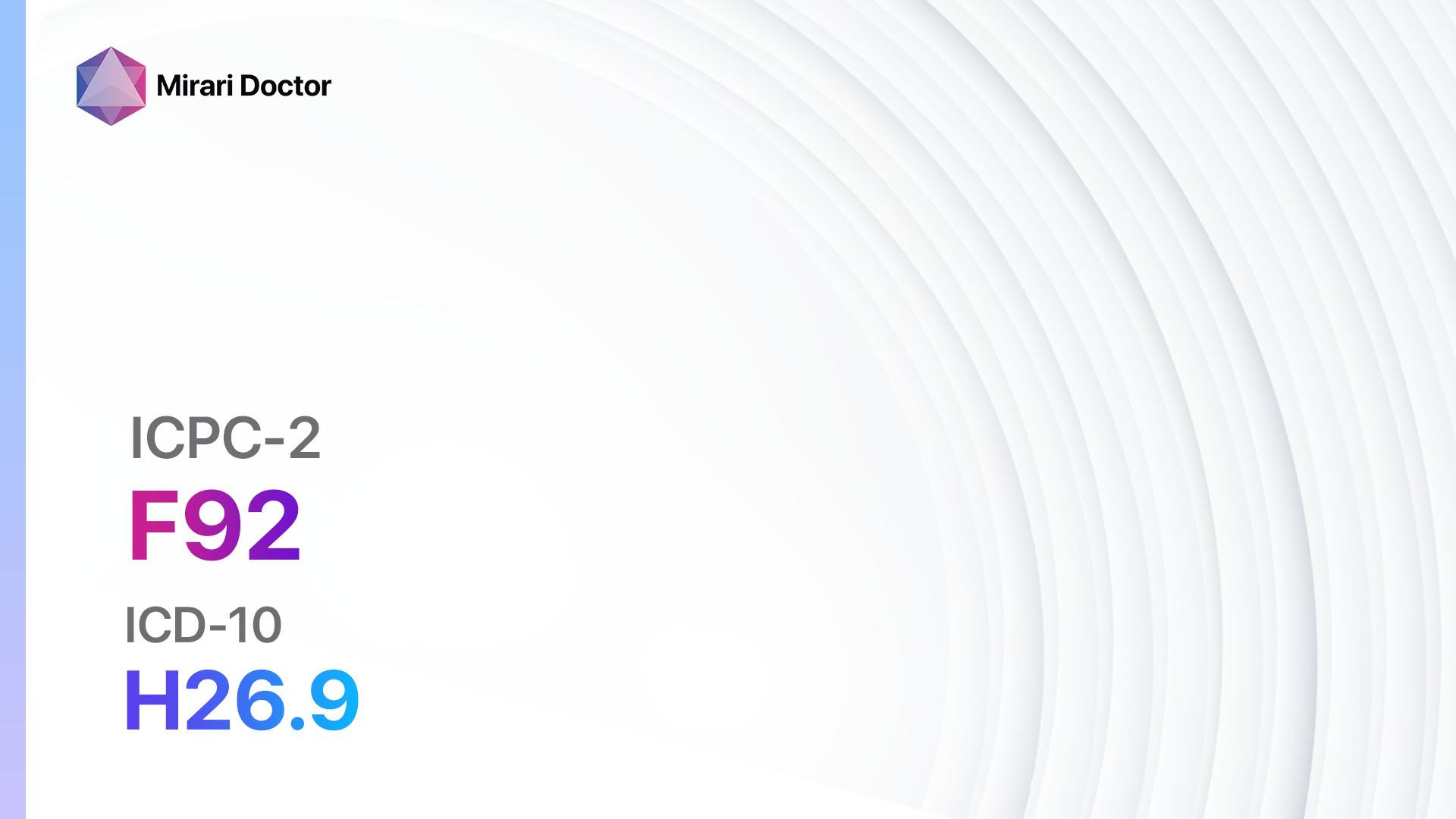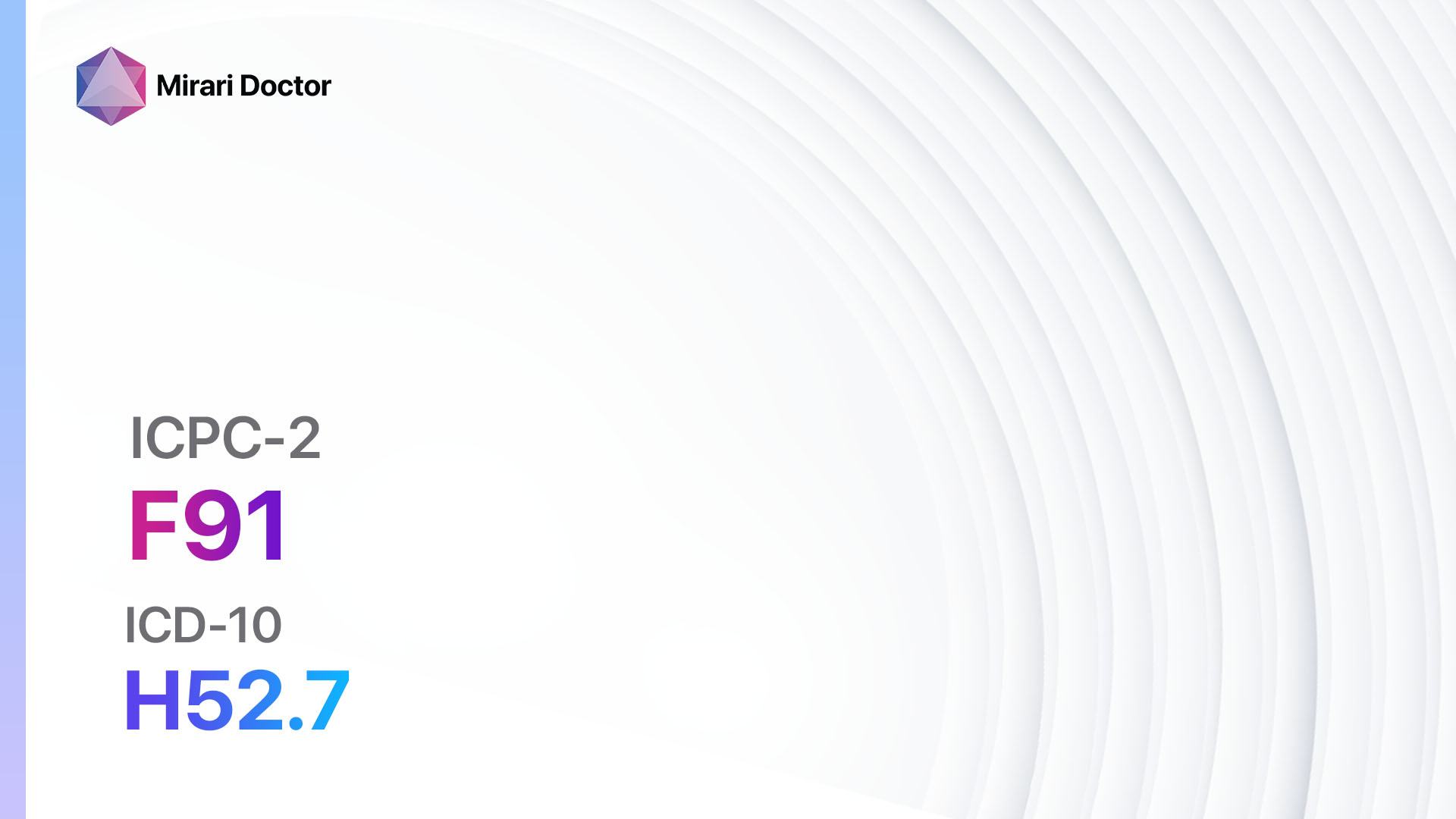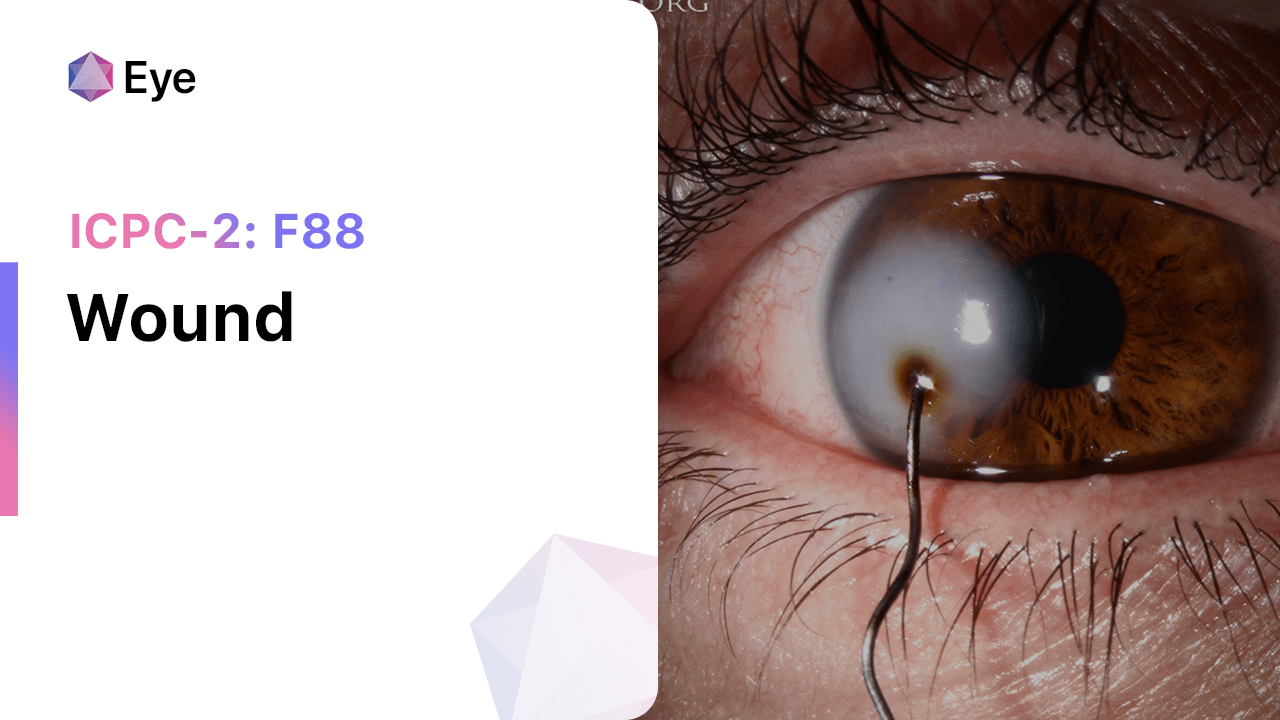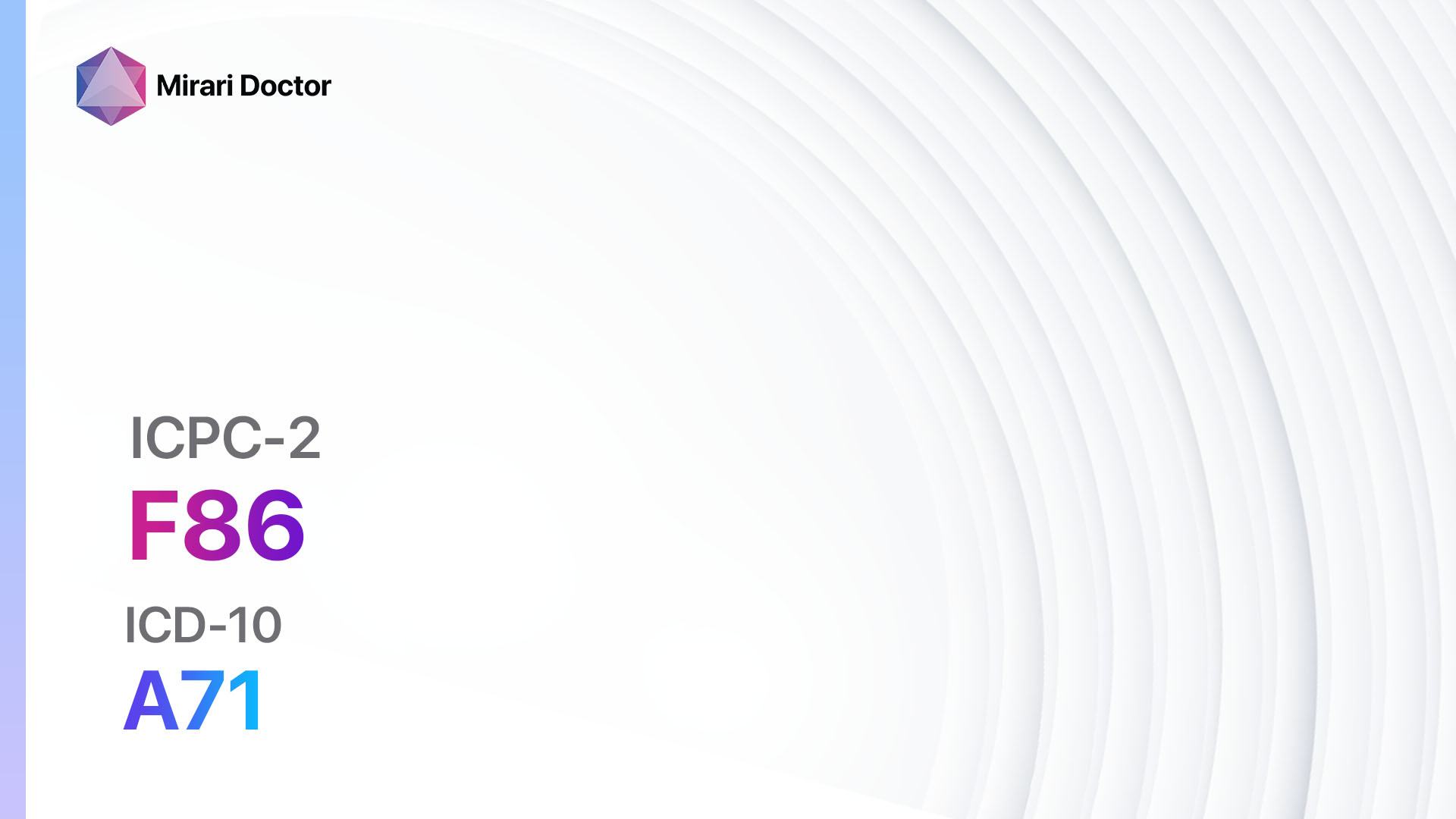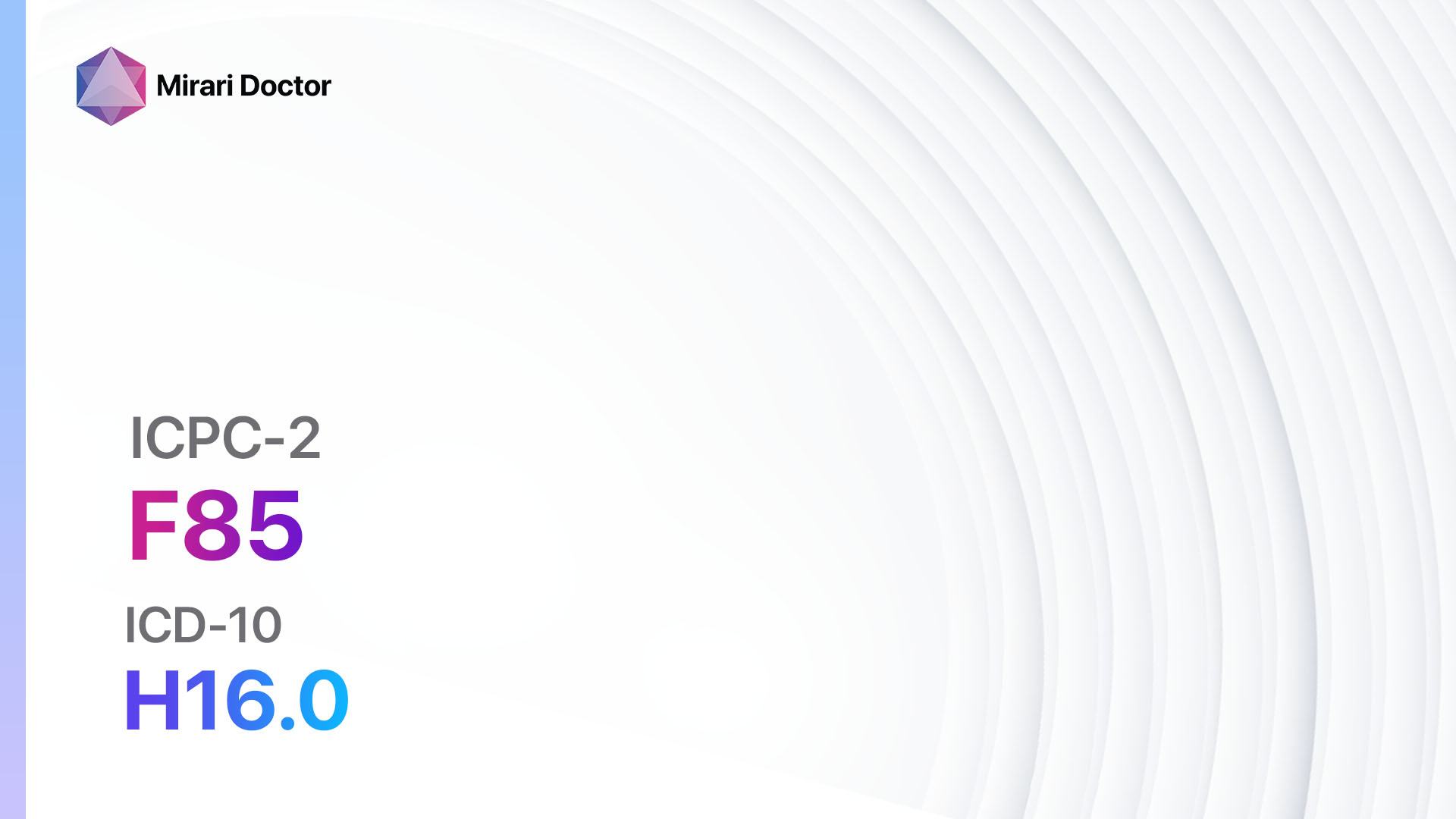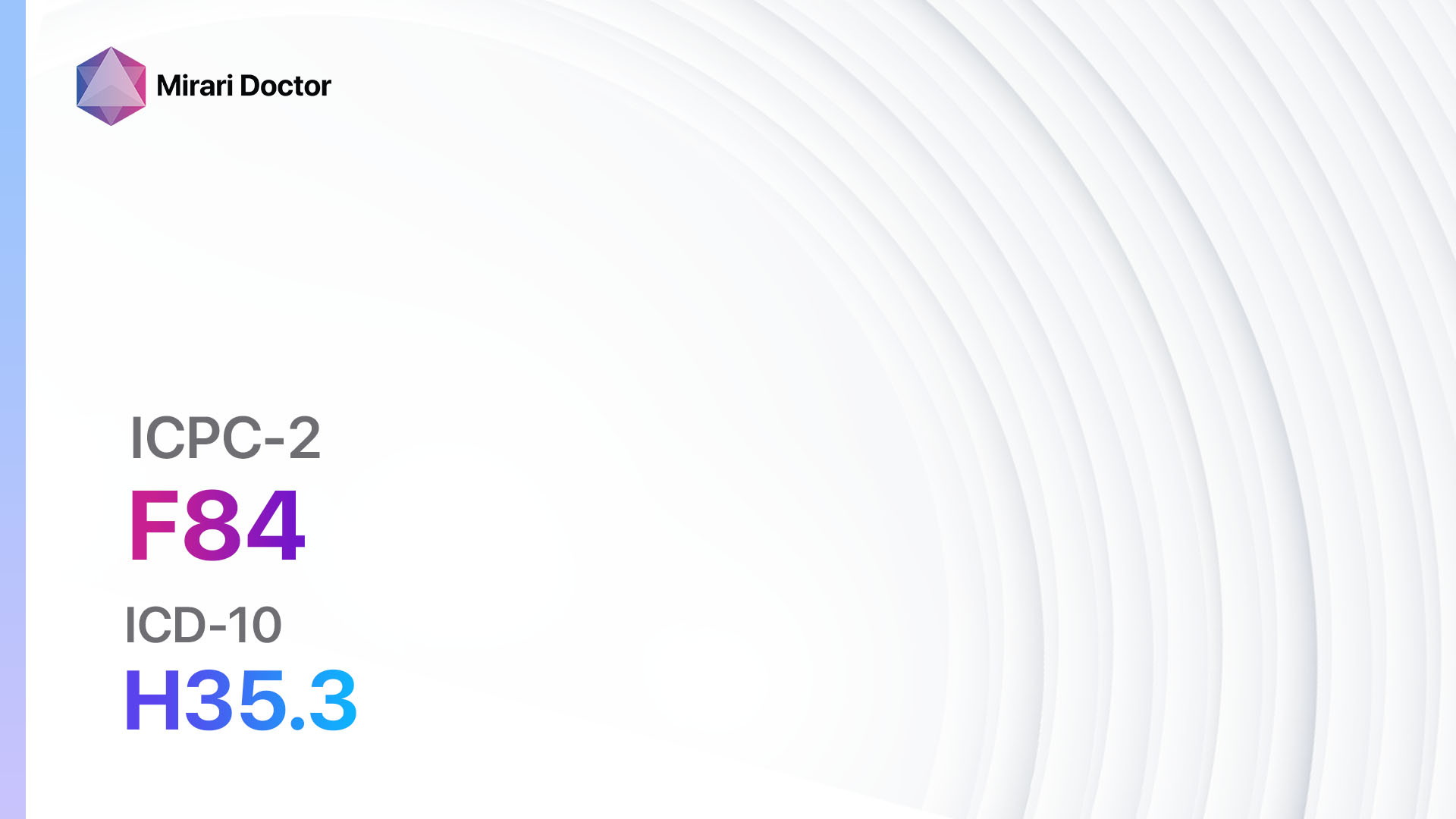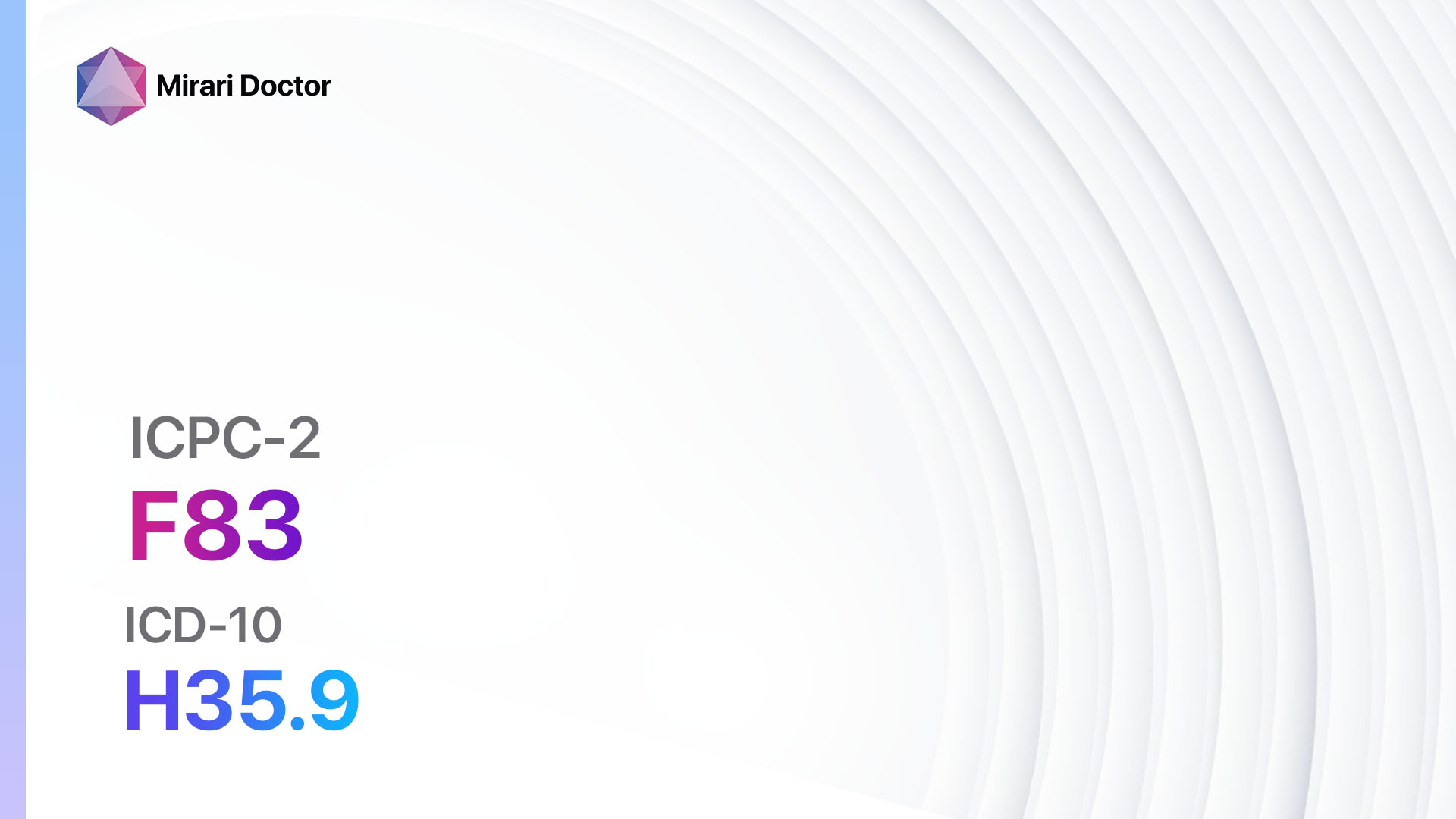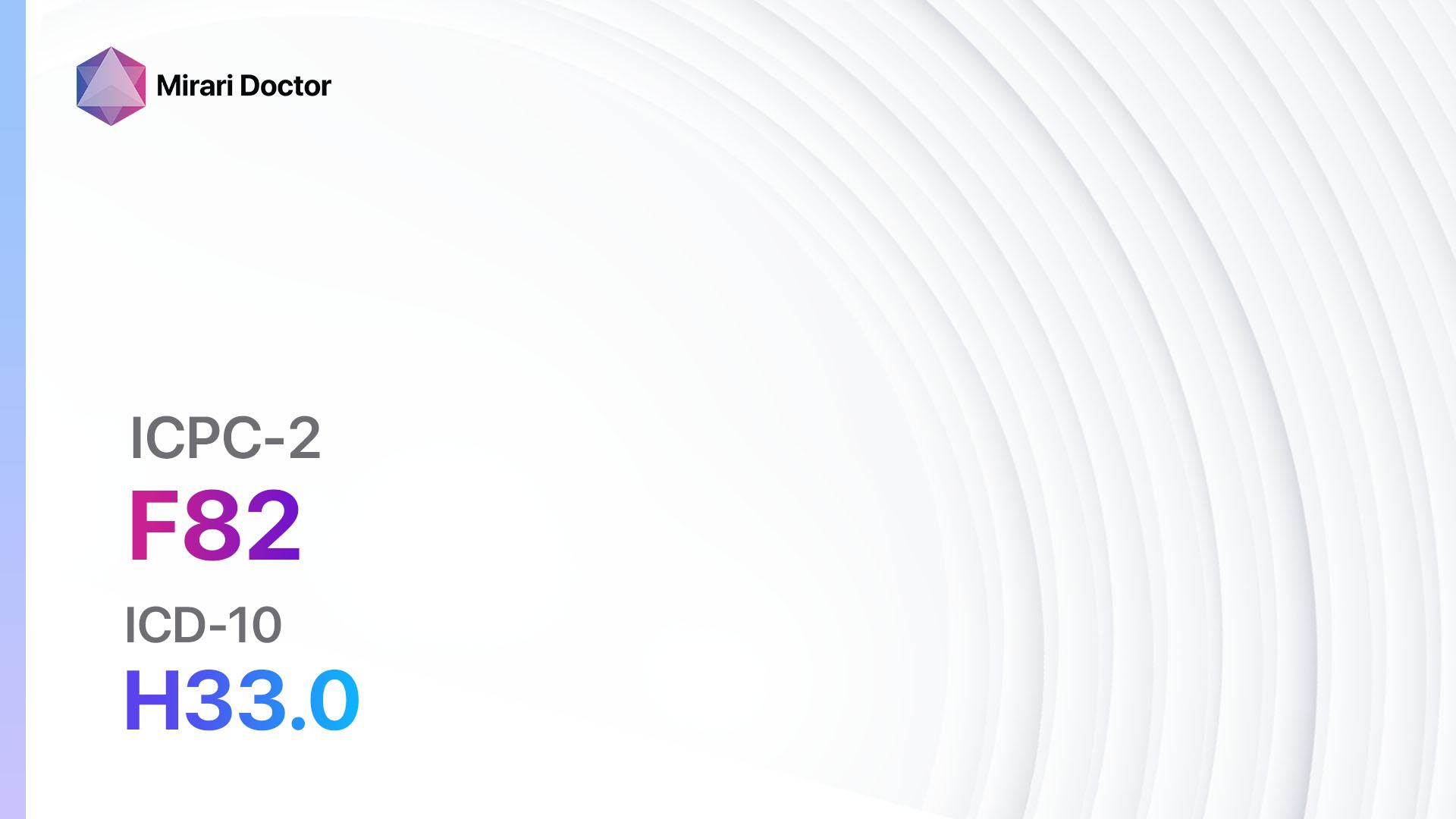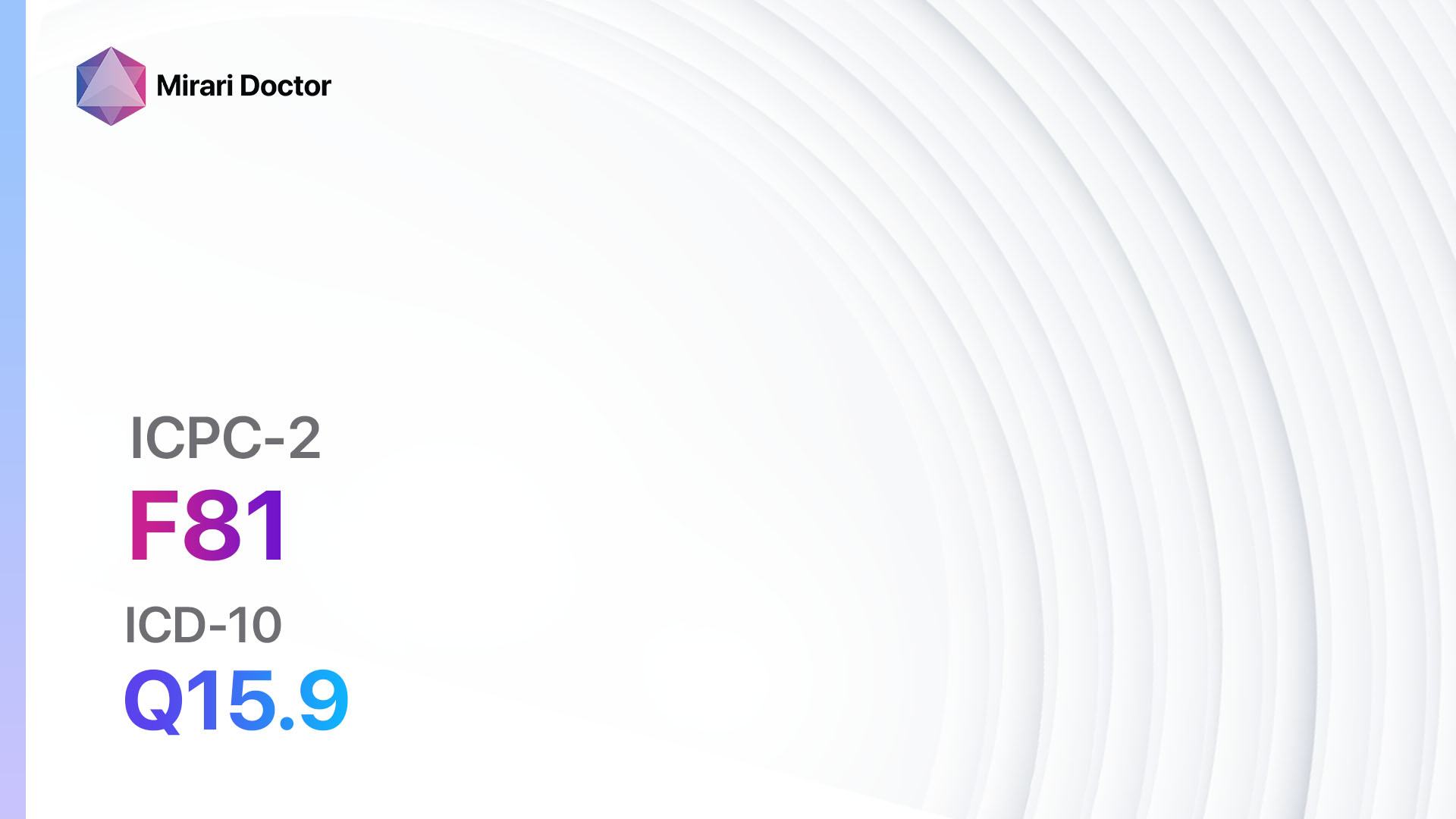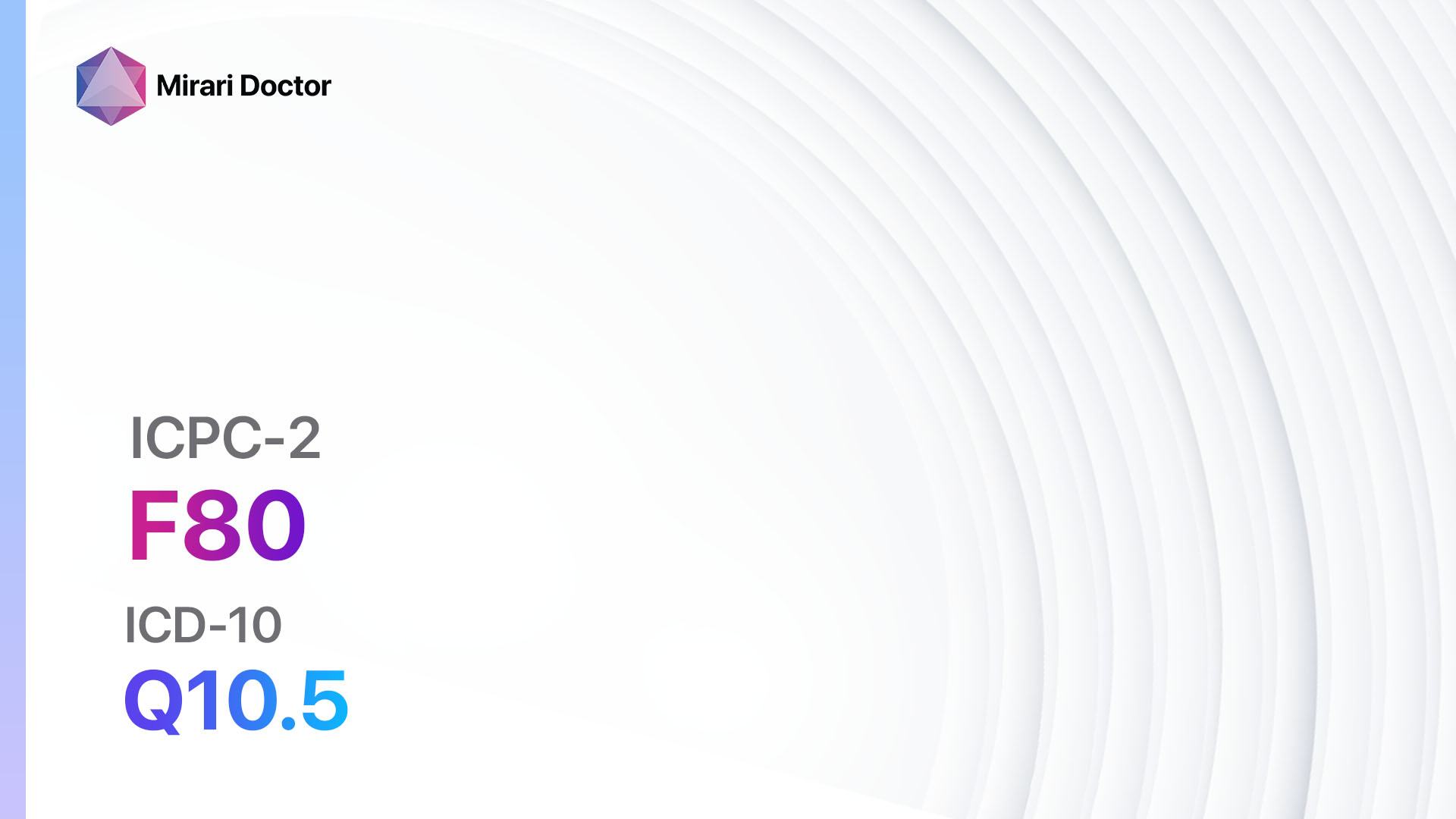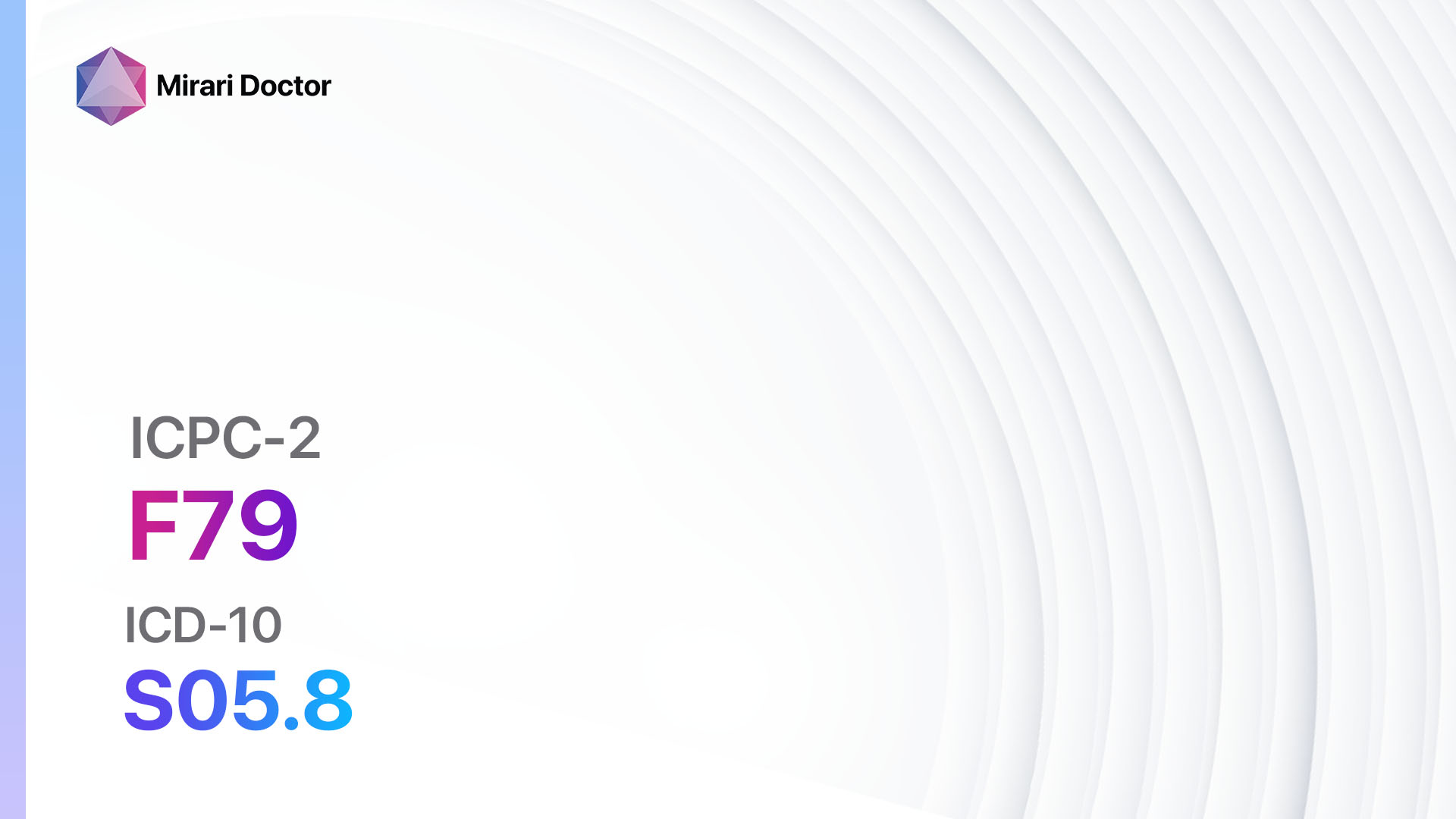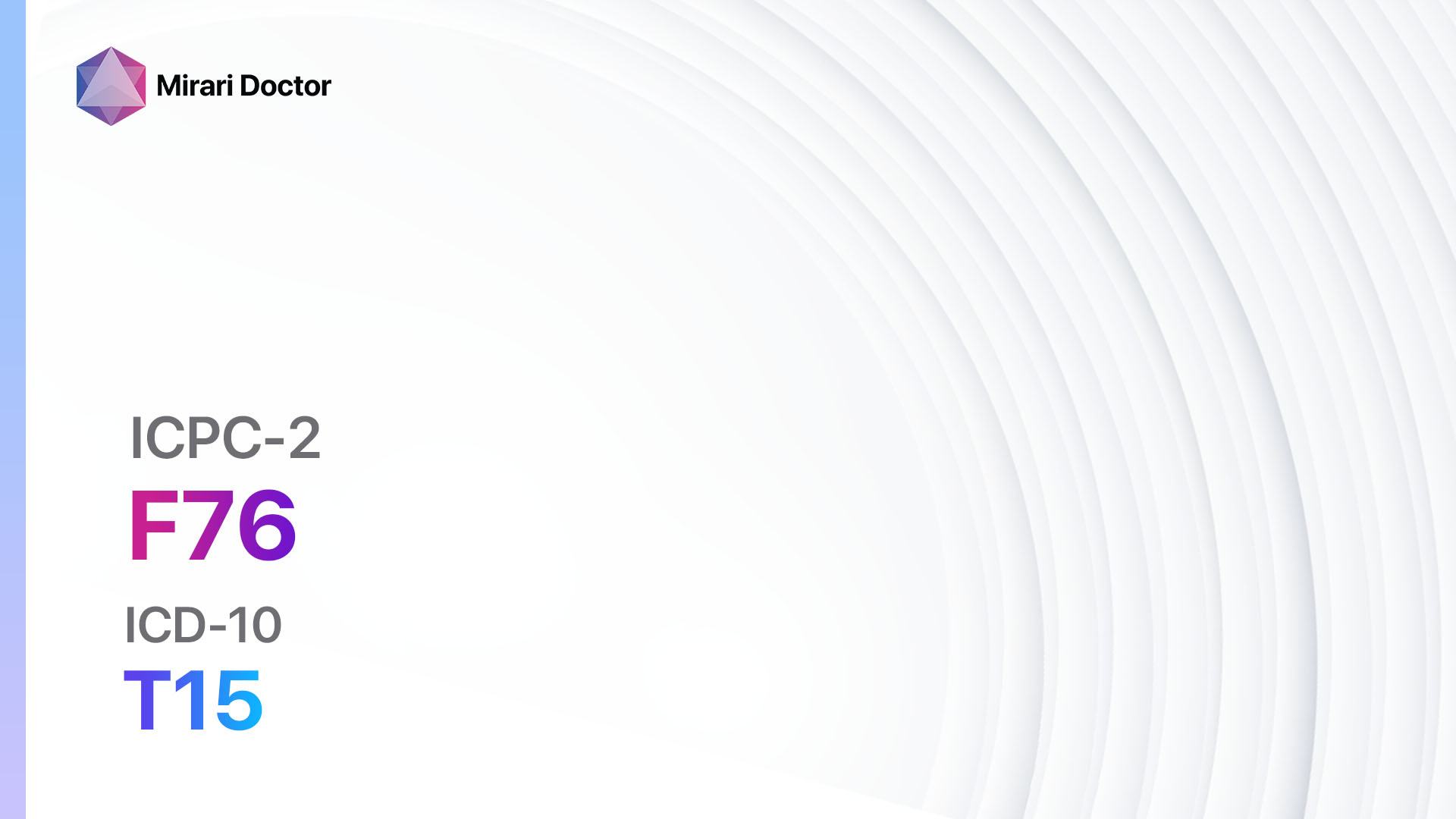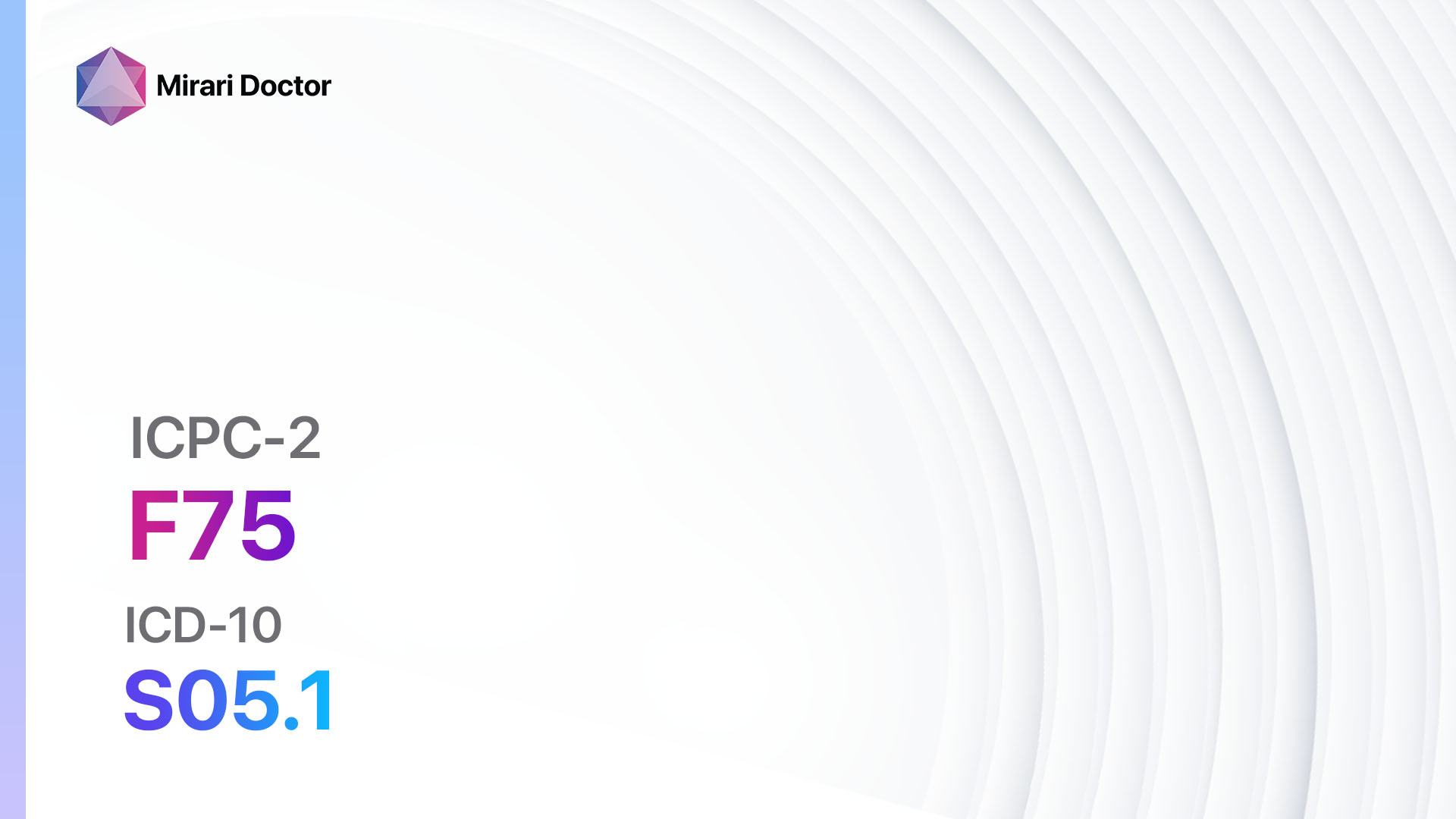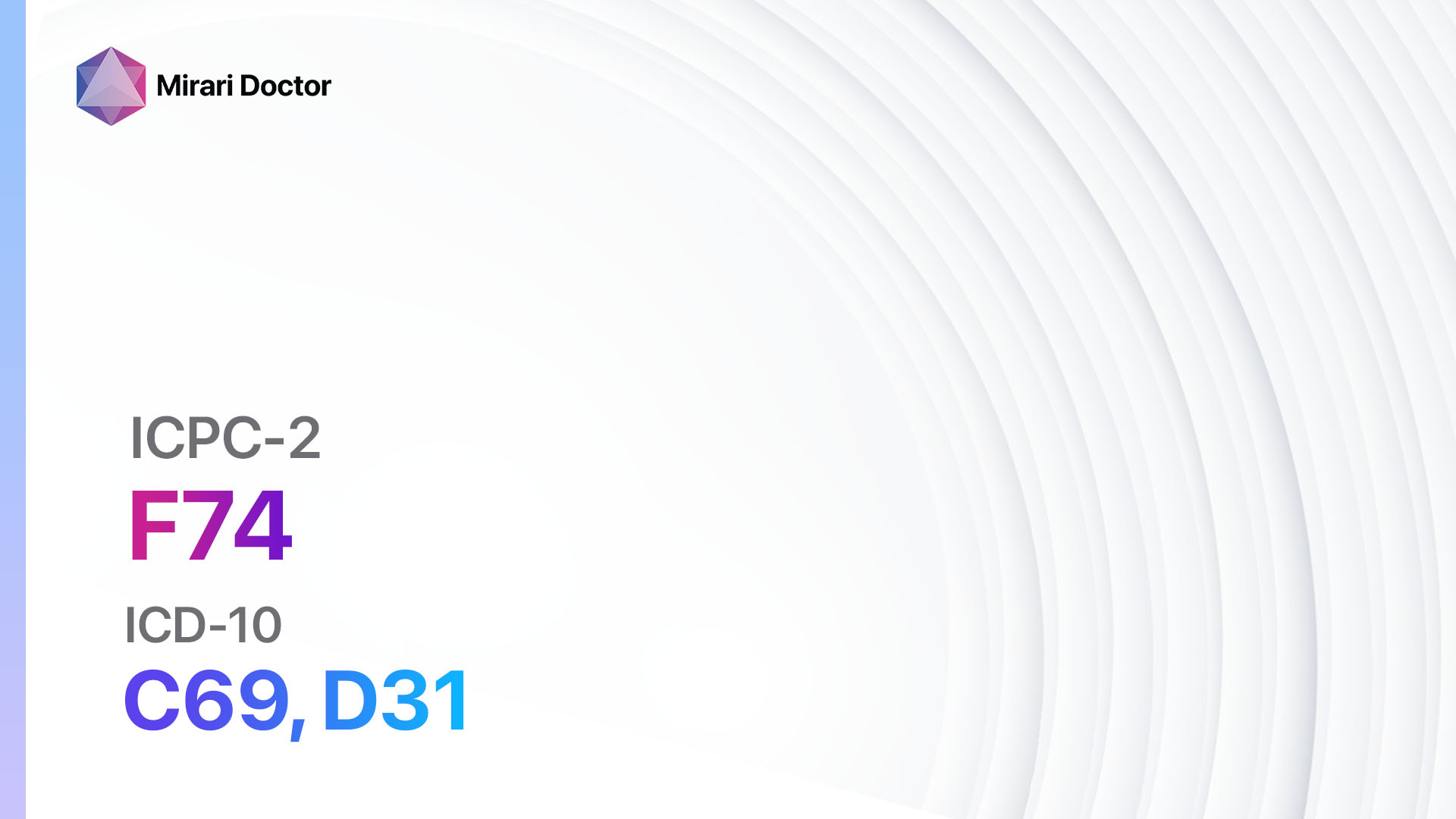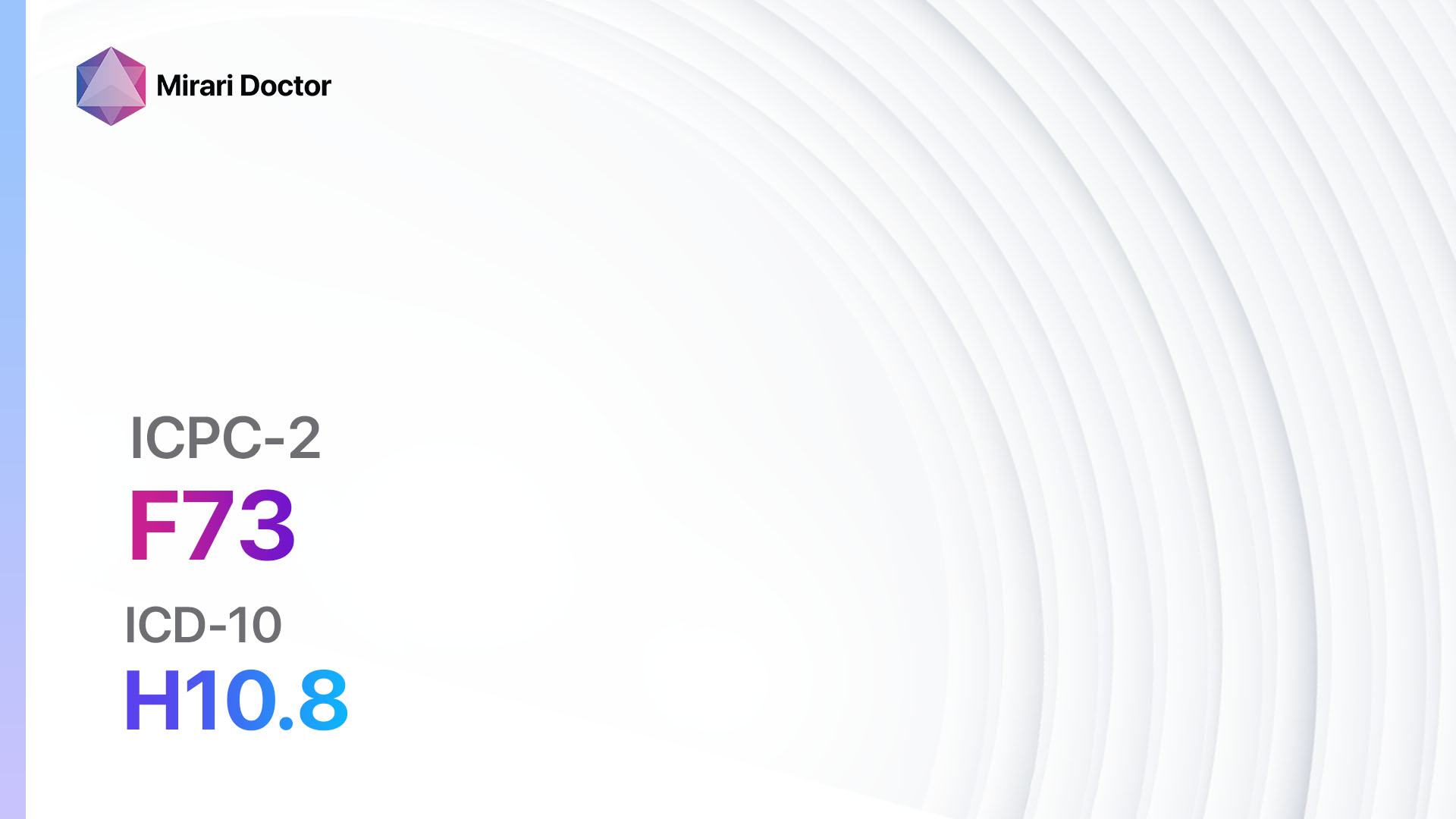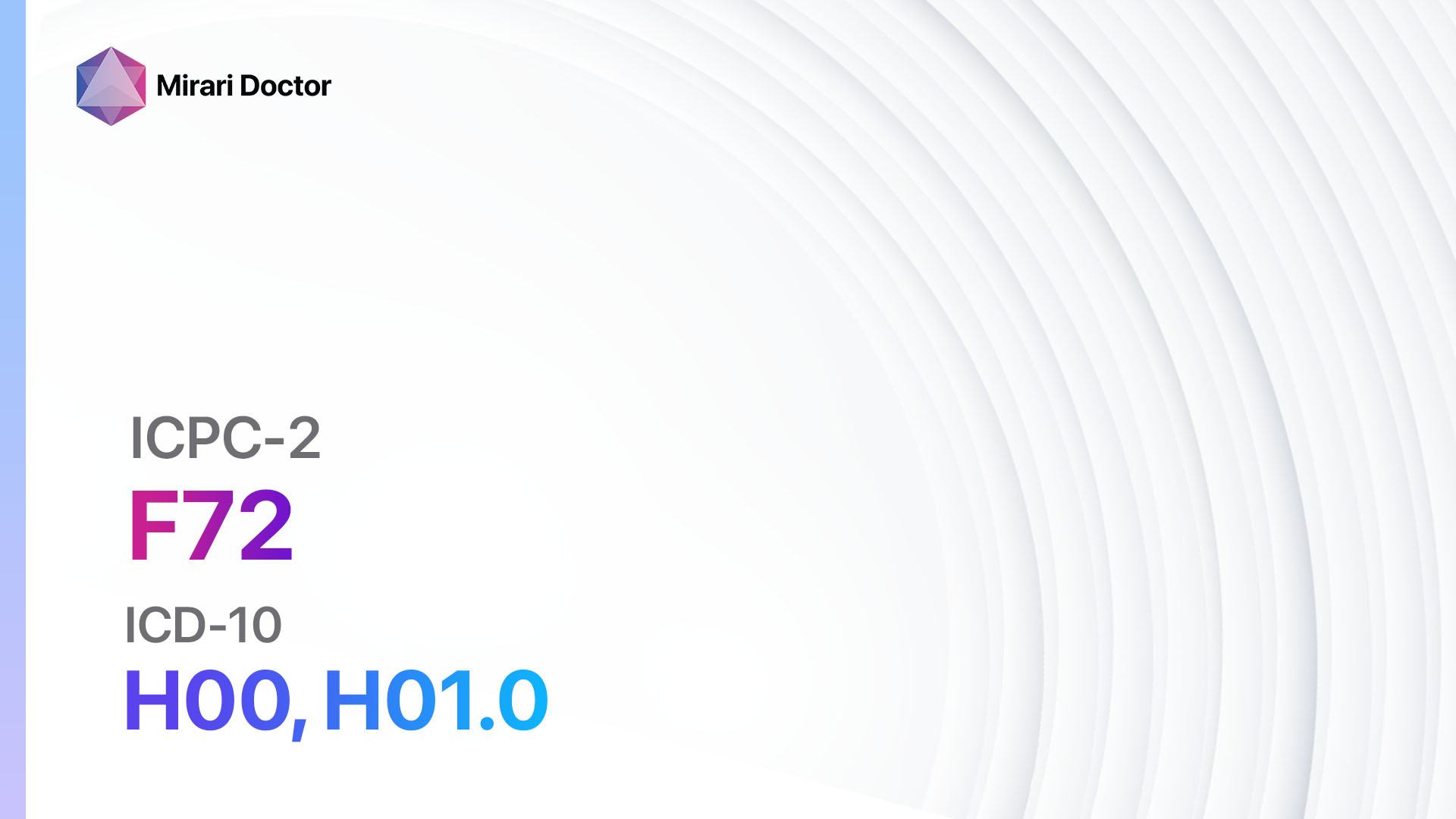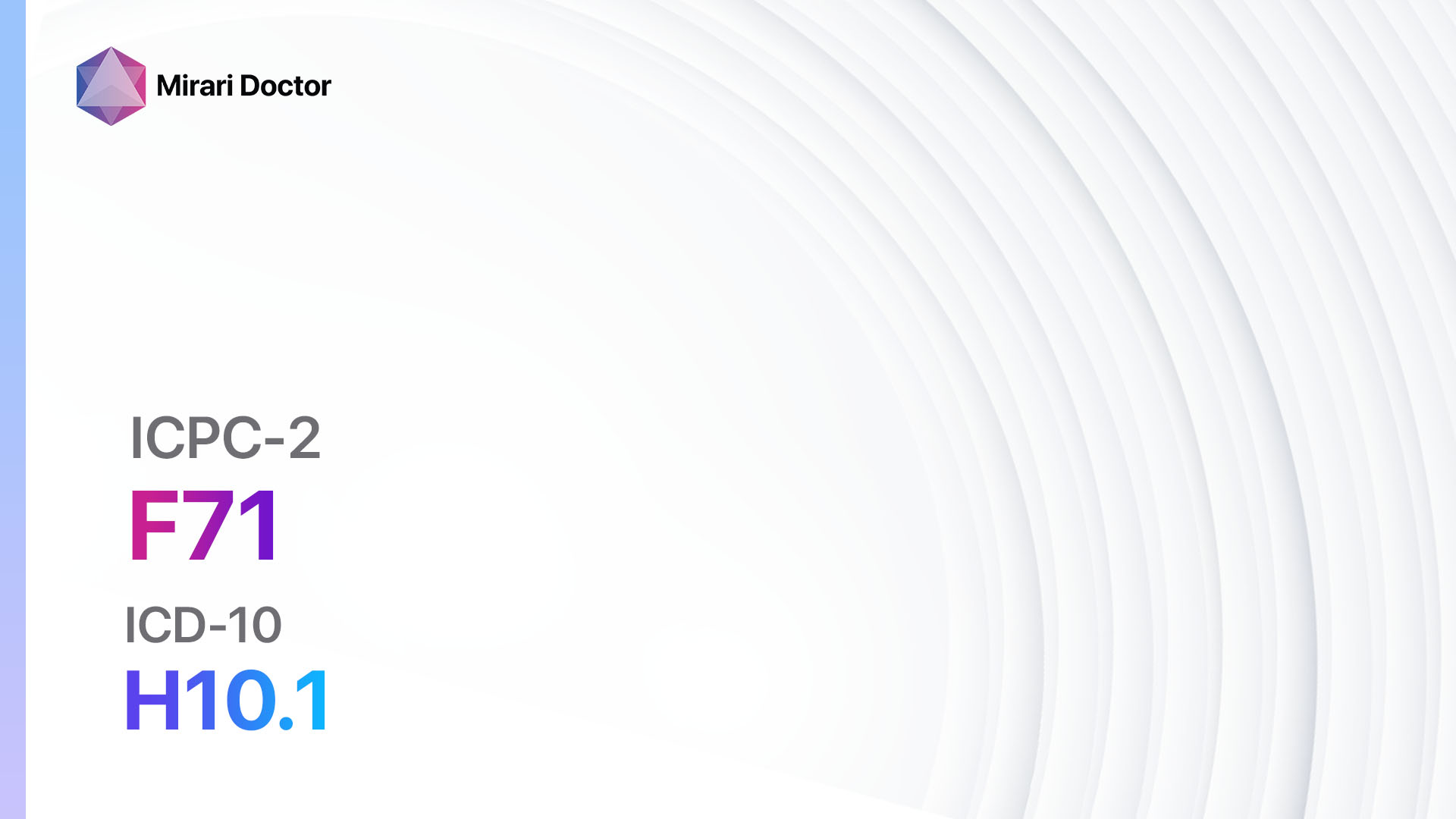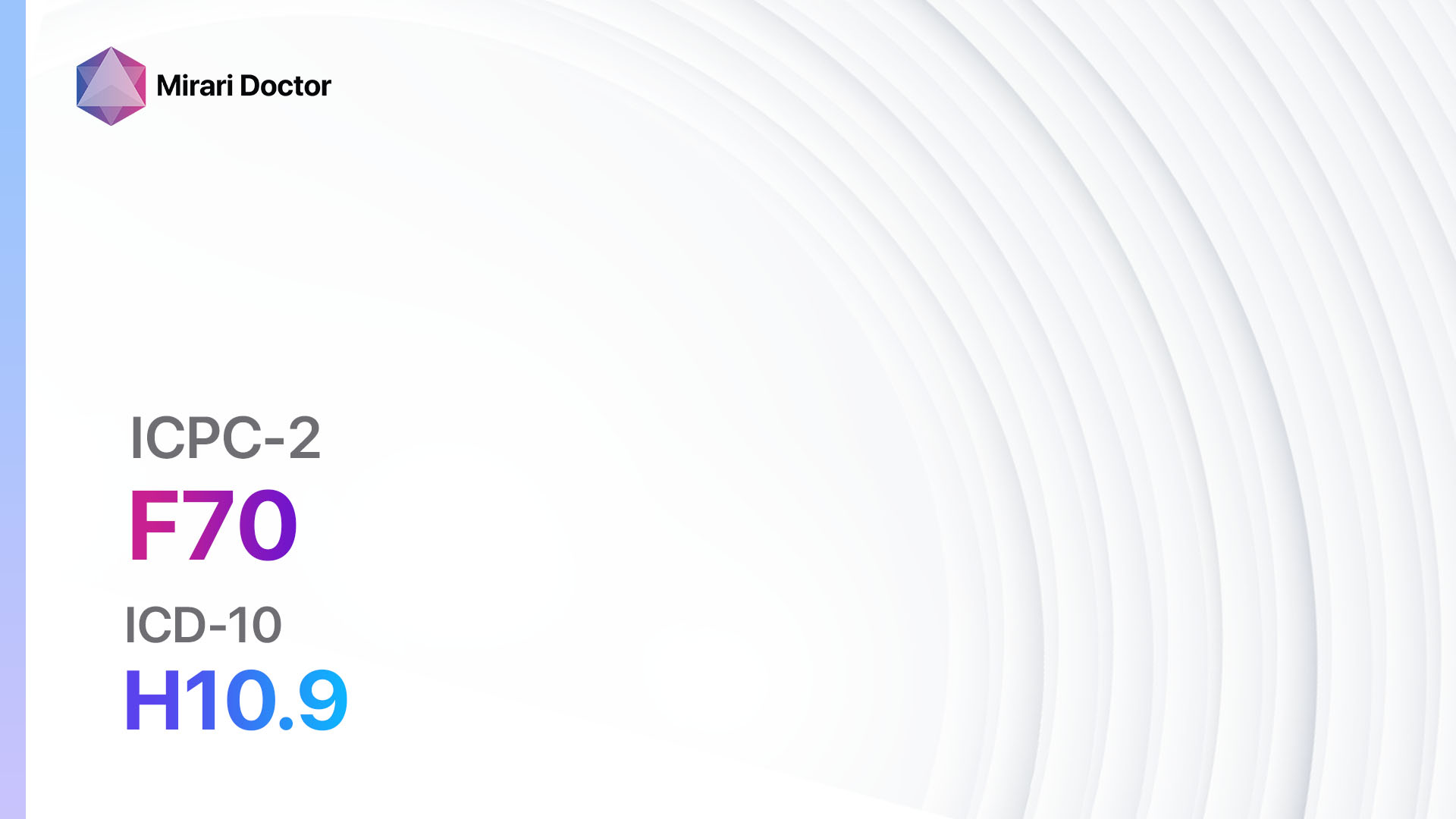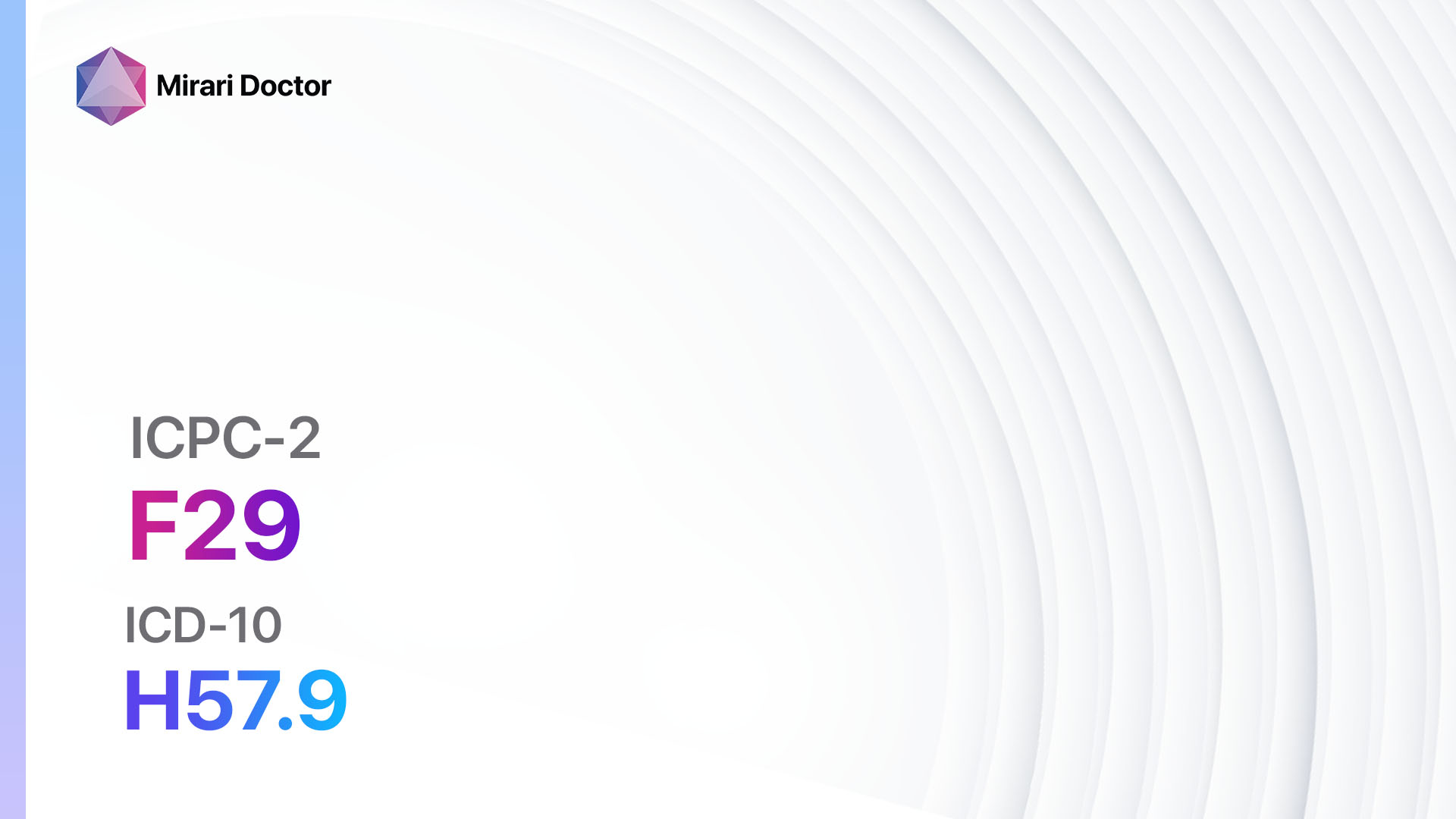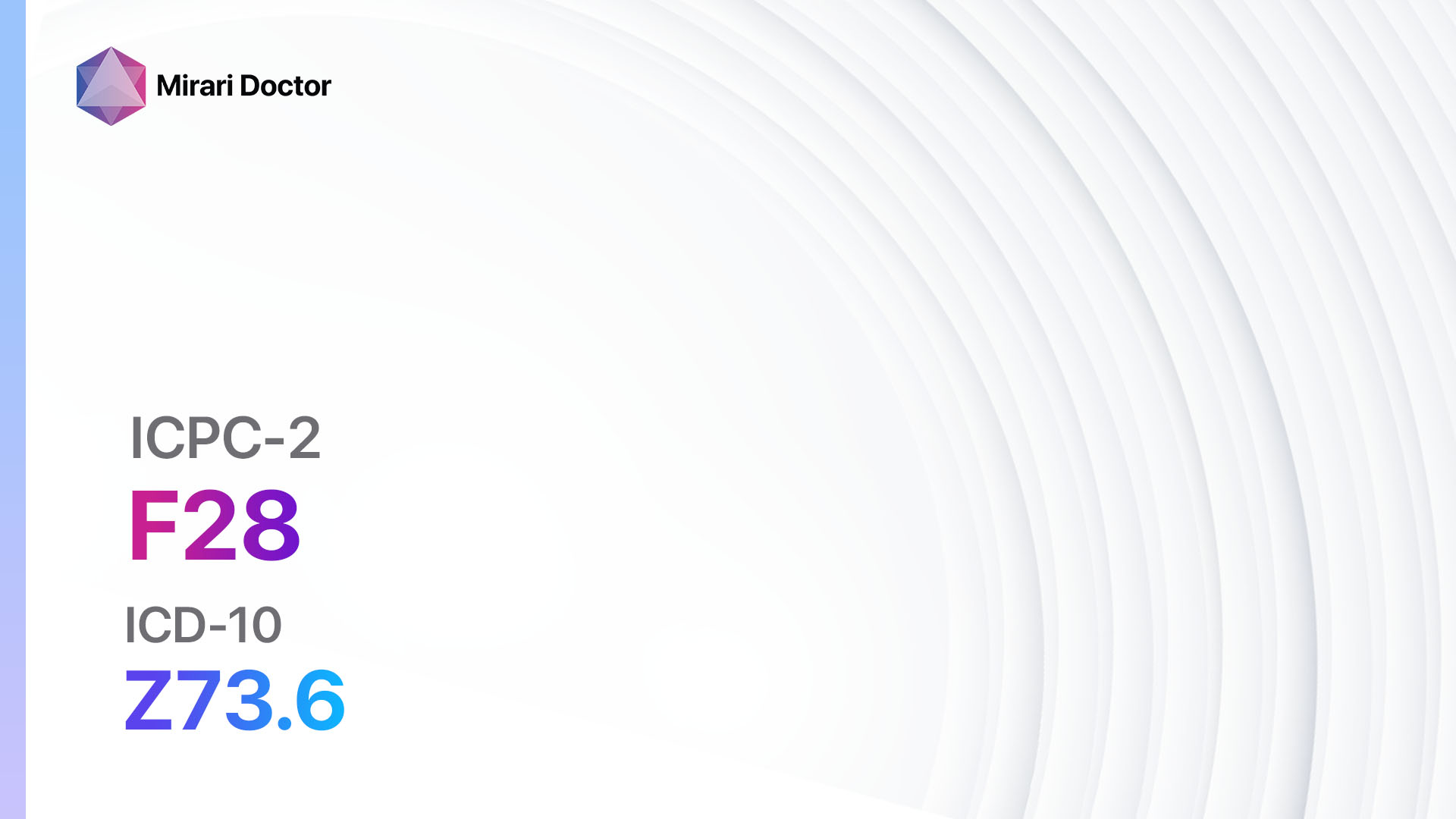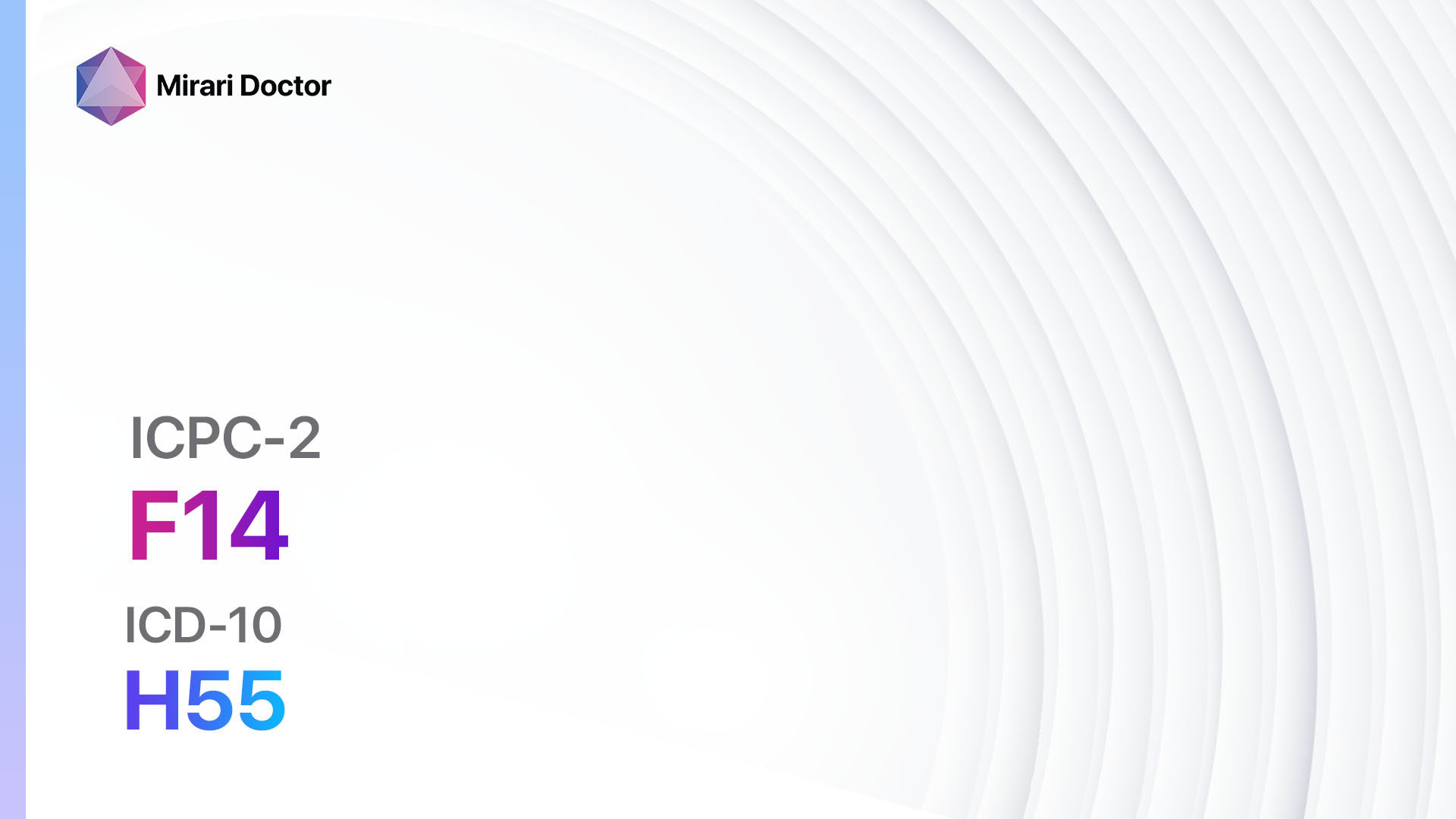
Introduction
Eye movements abnormal, also known as oculomotor dysfunction, refers to any deviation from normal eye movement patterns. Abnormal eye movements can be a result of various underlying conditions and can significantly impact a person’s vision and overall quality of life[1][2]. The aim of this guide is to provide a comprehensive overview of the diagnostic steps, possible interventions, and lifestyle modifications that can help manage and treat eye movements abnormal.
Codes
- ICPC-2 Code: F14 Eye movements abnormal[3]
- ICD-10 Code: H55 Nystagmus and other irregular eye movements[4]
Symptoms
- Nystagmus: Involuntary, rhythmic oscillations of the eyes[5].
- Strabismus: Misalignment of the eyes, causing one eye to deviate from the normal position[6].
- Diplopia: Double vision, where a person sees two images of a single object[7].
- Ptosis: Drooping of the eyelid, which can obstruct vision[8].
- Ocular flutter: Rapid, involuntary eye movements in a horizontal or vertical direction[9].
- Ocular dysmetria: Inaccurate eye movements, leading to difficulty in focusing on objects[10].
Causes
- Neurological disorders: Conditions such as multiple sclerosis, Parkinson’s disease, and stroke can affect the nerves and muscles responsible for eye movements.
- Traumatic brain injury: Head trauma can damage the structures involved in eye movement control.
- Medications: Certain medications, such as antiepileptic drugs and sedatives, can cause abnormal eye movements as a side effect.
- Genetic disorders: Inherited conditions like congenital nystagmus can lead to abnormal eye movements.
- Eye muscle disorders: Conditions like myasthenia gravis and oculomotor nerve palsy can affect the muscles responsible for eye movements.
Diagnostic Steps
Medical History
- Gather information about the patient’s symptoms, including the onset, duration, and progression of abnormal eye movements.
- Inquire about any previous head trauma or neurological conditions.
- Ask about any medications the patient is currently taking that may be contributing to the abnormal eye movements.
- Assess the impact of the symptoms on the patient’s daily activities and quality of life.
Physical Examination
- Observe the patient’s eye movements at rest and during different tasks, such as following a moving object or reading.
- Check for any misalignment or deviation of the eyes.
- Assess the range of motion of the eyes in different directions.
- Examine the eyelids for any drooping or weakness.
- Evaluate the pupillary reflexes and assess for any abnormalities.
Laboratory Tests
- Blood tests: These may be done to check for underlying medical conditions, such as thyroid disorders or autoimmune diseases, which can cause abnormal eye movements.
- Genetic testing: In cases where a genetic disorder is suspected, genetic testing can help identify specific gene mutations responsible for the condition.
- Drug screening: If medication-induced abnormal eye movements are suspected, a drug screening test may be performed to identify any substances that could be contributing to the symptoms.
Diagnostic Imaging
- Magnetic Resonance Imaging (MRI): This imaging modality can provide detailed images of the brain and surrounding structures, helping identify any structural abnormalities or lesions that may be causing the abnormal eye movements.
- Computed Tomography (CT) scan: CT scans can be used to visualize the bony structures of the skull and detect any fractures or other abnormalities that may be affecting the eye movements.
- Electroencephalogram (EEG): In some cases, an EEG may be performed to assess the electrical activity of the brain and rule out any seizure activity that could be causing the abnormal eye movements.
Other Tests
- Electromyography (EMG): This test measures the electrical activity of the muscles involved in eye movements, helping identify any muscle weakness or dysfunction.
- Visual field testing: This test assesses the patient’s peripheral vision and can help identify any visual field defects that may be contributing to the abnormal eye movements.
- Ophthalmoscopy: A thorough examination of the retina and optic nerve can help rule out any ocular abnormalities that may be causing the symptoms.
Follow-up and Patient Education
- Schedule regular follow-up appointments to monitor the progression of symptoms and assess the effectiveness of interventions.
- Provide education to the patient about their condition, including the underlying causes, treatment options, and strategies for managing symptoms.
- Encourage the patient to report any changes or worsening of symptoms between appointments.
Possible Interventions
Traditional Interventions
Medications:
Top 5 drugs for abnormal eye movements:
- Baclofen:
- Cost: $10-$50/month.
- Contraindications: Hypersensitivity to baclofen, history of seizures.
- Side effects: Drowsiness, dizziness, muscle weakness.
- Severe side effects: Hallucinations, seizures.
- Drug interactions: Alcohol, CNS depressants.
- Warning: Abrupt discontinuation may cause withdrawal symptoms.
- Botulinum toxin injections (e.g., Botox):
- Cost: $300-$600 per treatment session.
- Contraindications: Hypersensitivity to botulinum toxin, infection at the injection site.
- Side effects: Injection site pain, bruising, temporary eyelid drooping.
- Severe side effects: Difficulty breathing, swallowing, or speaking.
- Drug interactions: None reported.
- Warning: Effects are temporary and may require repeated injections.
- Antiepileptic drugs (e.g., Gabapentin, Carbamazepine):
- Cost: $10-$100/month.
- Contraindications: Hypersensitivity to the drug, history of bone marrow suppression.
- Side effects: Drowsiness, dizziness, nausea.
- Severe side effects: Stevens-Johnson syndrome, liver toxicity.
- Drug interactions: Other antiepileptic drugs, oral contraceptives.
- Warning: Regular monitoring of liver function may be required.
- Dopamine agonists (e.g., Levodopa, Pramipexole):
- Cost: $10-$100/month.
- Contraindications: Hypersensitivity to the drug, history of melanoma.
- Side effects: Nausea, dizziness, hallucinations.
- Severe side effects: Impulse control disorders, orthostatic hypotension.
- Drug interactions: Antipsychotics, MAO inhibitors.
- Warning: May cause drowsiness or sudden sleep onset.
- Muscle relaxants (e.g., Cyclobenzaprine, Methocarbamol):
- Cost: $10-$50/month.
- Contraindications: Hypersensitivity to the drug, history of heart rhythm disorders.
- Side effects: Drowsiness, dry mouth, blurred vision.
- Severe side effects: Serotonin syndrome, allergic reactions.
- Drug interactions: MAO inhibitors, CNS depressants.
- Warning: Avoid alcohol and other sedating substances.
Alternative Drugs:
- Memantine: An NMDA receptor antagonist that may help reduce abnormal eye movements in certain neurological conditions. Cost: $50-$100/month.
- Clonazepam: A benzodiazepine that can be used to suppress abnormal eye movements. Cost: $10-$50/month.
- Amantadine: An antiviral medication that can also help reduce abnormal eye movements. Cost: $10-$50/month.
- Topiramate: An antiepileptic drug that may be effective in managing certain types of abnormal eye movements. Cost: $10-$100/month.
- Propranolol: A beta-blocker that can help reduce the severity of abnormal eye movements. Cost: $10-$50/month.
Surgical Procedures:
- Strabismus surgery: This procedure involves adjusting the position of the eye muscles to correct misalignment and improve eye movements. Cost: $2,000-$5,000 per eye.
- Eyelid surgery: In cases where ptosis is causing visual impairment, eyelid surgery can be performed to lift the drooping eyelid. Cost: $2,000-$5,000 per eyelid.
Alternative Interventions
- Vision therapy: A specialized program of eye exercises and activities designed to improve eye movements and coordination. Cost: $500-$2,000 for a course of therapy.
- Acupuncture: May help improve blood flow and reduce muscle tension around the eyes. Cost: $60-$120 per session.
- Biofeedback: A technique that uses electronic devices to provide feedback on eye movements, helping the patient learn to control and improve their eye movements. Cost: $100-$200 per session.
- Herbal supplements: Some herbs, such as Ginkgo biloba and Bilberry, are believed to have potential benefits for improving eye health and reducing abnormal eye movements. Cost: Varies depending on the specific supplement.
- Homeopathy: Some homeopathic remedies, such as Conium maculatum and Ruta graveolens, are used to address eye movement abnormalities. Cost: Varies depending on the specific remedy.
Lifestyle Interventions
- Eye exercises: Regularly performing eye exercises, such as focusing on near and far objects or tracking moving objects, can help improve eye movements. Cost: Free.
- Healthy diet: Consuming a diet rich in antioxidants, omega-3 fatty acids, and vitamins A, C, and E can support eye health. Cost: Varies depending on food choices.
- Stress management: Practicing stress-reducing techniques, such as meditation or yoga, can help alleviate eye strain and improve eye movements. Cost: Free or minimal cost.
- Proper sleep hygiene: Getting adequate sleep and practicing good sleep habits can help reduce eye fatigue and improve eye movements. Cost: Free.
- Avoidance of triggers: Identifying and avoiding any triggers that worsen abnormal eye movements, such as certain medications or visual stimuli, can help manage symptoms. Cost: Free.
It is important to note that the cost ranges provided are approximate and may vary depending on the location and availability of the interventions. It is recommended to consult with a healthcare professional for personalized treatment options and cost estimates.
Mirari Cold Plasma Alternative Intervention
Understanding Mirari Cold Plasma
- Safe and Non-Invasive Treatment: Mirari Cold Plasma is a safe and non-invasive treatment option for various skin conditions. It does not require incisions, minimizing the risk of scarring, bleeding, or tissue damage.
- Efficient Extraction of Foreign Bodies: Mirari Cold Plasma facilitates the removal of foreign bodies from the skin by degrading and dissociating organic matter, allowing easier access and extraction.
- Pain Reduction and Comfort: Mirari Cold Plasma has a local analgesic effect, providing pain relief during the treatment, making it more comfortable for the patient.
- Reduced Risk of Infection: Mirari Cold Plasma has antimicrobial properties, effectively killing bacteria and reducing the risk of infection.
- Accelerated Healing and Minimal Scarring: Mirari Cold Plasma stimulates wound healing and tissue regeneration, reducing healing time and minimizing the formation of scars.
Mirari Cold Plasma Prescription
Video instructions for using Mirari Cold Plasma Device – F14 Eye movements abnormal (ICD-10:H55)
| Mild | Moderate | Severe |
| Mode setting: 1 (Infection) Location: 7 (Neuro system & ENT) Morning: 15 minutes, Evening: 15 minutes |
Mode setting: 1 (Infection) Location: 7 (Neuro system & ENT) Morning: 30 minutes, Lunch: 30 minutes, Evening: 30 minutes |
Mode setting: 1 (Infection) Location: 7 (Neuro system & ENT) Morning: 30 minutes, Lunch: 30 minutes, Evening: 30 minutes |
| Mode setting: 2 (Wound Healing) Location: 7 (Neuro system & ENT) Morning: 15 minutes, Evening: 15 minutes |
Mode setting: 2 (Wound Healing) Location: 7 (Neuro system & ENT) Morning: 30 minutes, Lunch: 30 minutes, Evening: 30 minutes |
Mode setting: 2 (Wound Healing) Location: 7 (Neuro system & ENT) Morning: 30 minutes, Lunch: 30 minutes, Evening: 30 minutes |
| Mode setting: 3 (Antiviral Therapy) Location: 7 (Neuro system & ENT) Morning: 15 minutes, Evening: 15 minutes |
Mode setting: 3 (Antiviral Therapy) Location: 7 (Neuro system & ENT) Morning: 30 minutes, Lunch: 30 minutes, Evening: 30 minutes |
Mode setting: 3 (Antiviral Therapy) Location: 7 (Neuro system & ENT) Morning: 30 minutes, Lunch: 30 minutes, Evening: 30 minutes |
| Total Morning: 45 minutes approx. $7.50 USD, Evening: 45 minutes approx. $7.50 USD |
Total Morning: 90 minutes approx. $15 USD, Lunch: 90 minutes approx. $15 USD, Evening: 90 minutes approx. $15 USD, |
Total Morning: 90 minutes approx. $15 USD, Lunch: 90 minutes approx. $15 USD, Evening: 90 minutes approx. $15 USD, |
| Usual treatment for 7-60 days approx. $105 USD – $900 USD | Usual treatment for 6-8 weeks approx. $1,890 USD – $2,520 USD |
Usual treatment for 3-6 months approx. $4,050 USD – $8,100 USD
|
 |
|
Use the Mirari Cold Plasma device to treat Eye movements abnormal effectively.
WARNING: MIRARI COLD PLASMA IS DESIGNED FOR THE HUMAN BODY WITHOUT ANY ARTIFICIAL OR THIRD PARTY PRODUCTS. USE OF OTHER PRODUCTS IN COMBINATION WITH MIRARI COLD PLASMA MAY CAUSE UNPREDICTABLE EFFECTS, HARM OR INJURY. PLEASE CONSULT A MEDICAL PROFESSIONAL BEFORE COMBINING ANY OTHER PRODUCTS WITH USE OF MIRARI.
Step 1: Cleanse the Skin
- Start by cleaning the affected area of the skin with a gentle cleanser or mild soap and water. Gently pat the area dry with a clean towel.
Step 2: Prepare the Mirari Cold Plasma device
- Ensure that the Mirari Cold Plasma device is fully charged or has fresh batteries as per the manufacturer’s instructions. Make sure the device is clean and in good working condition.
- Switch on the Mirari device using the power button or by following the specific instructions provided with the device.
- Some Mirari devices may have adjustable settings for intensity or treatment duration. Follow the manufacturer’s instructions to select the appropriate settings based on your needs and the recommended guidelines.
Step 3: Apply the Device
- Place the Mirari device in direct contact with the affected area of the skin. Gently glide or hold the device over the skin surface, ensuring even coverage of the area experiencing.
- Slowly move the Mirari device in a circular motion or follow a specific pattern as indicated in the user manual. This helps ensure thorough treatment coverage.
Step 4: Monitor and Assess:
- Keep track of your progress and evaluate the effectiveness of the Mirari device in managing your Eye movements abnormal. If you have any concerns or notice any adverse reactions, consult with your health care professional.
Note
This guide is for informational purposes only and should not replace the advice of a medical professional. Always consult with your healthcare provider or a qualified medical professional for personal advice, diagnosis, or treatment. Do not solely rely on the information presented here for decisions about your health. Use of this information is at your own risk. The authors of this guide, nor any associated entities or platforms, are not responsible for any potential adverse effects or outcomes based on the content.
Mirari Cold Plasma System Disclaimer
- Purpose: The Mirari Cold Plasma System is a Class 2 medical device designed for use by trained healthcare professionals. It is registered for use in Thailand and Vietnam. It is not intended for use outside of these locations.
- Informational Use: The content and information provided with the device are for educational and informational purposes only. They are not a substitute for professional medical advice or care.
- Variable Outcomes: While the device is approved for specific uses, individual outcomes can differ. We do not assert or guarantee specific medical outcomes.
- Consultation: Prior to utilizing the device or making decisions based on its content, it is essential to consult with a Certified Mirari Tele-Therapist and your medical healthcare provider regarding specific protocols.
- Liability: By using this device, users are acknowledging and accepting all potential risks. Neither the manufacturer nor the distributor will be held accountable for any adverse reactions, injuries, or damages stemming from its use.
- Geographical Availability: This device has received approval for designated purposes by the Thai and Vietnam FDA. As of now, outside of Thailand and Vietnam, the Mirari Cold Plasma System is not available for purchase or use.
References
- Thurtell, M. J., & Leigh, R. J. (2012). Nystagmus and saccadic intrusions. Handbook of clinical neurology, 102, 333-378.
- Hertle, R. W. (2010). Nystagmus in infancy and childhood: characteristics and evidence for treatment. American Orthoptic Journal, 60(1), 48-58.
- WONCA International Classification Committee. (1998). ICPC-2: International Classification of Primary Care. Oxford University Press, USA.
- World Health Organization. (2004). ICD-10: international statistical classification of diseases and related health problems: tenth revision. World Health Organization.
- Ehrt, O. (2012). Infantile and acquired nystagmus in childhood. European journal of paediatric neurology, 16(6), 567-572.
- Helveston, E. M. (2005). Understanding, detecting, and managing strabismus. Community Eye Health, 18(52), 12.
- Dinkin, M. (2017). Diagnostic approach to diplopia. CONTINUUM: Lifelong Learning in Neurology, 23(3), 942-977.
- Finsterer, J. (2003). Ptosis: causes, presentation, and management. Aesthetic plastic surgery, 27(3), 193-204.
- Lemos, J., & Eggenberger, E. (2013). Saccadic intrusions: review and update. Current opinion in neurology, 26(1), 59-66.
- Tilikete, C., & Vighetto, A. (2011). Oscillopsia: causes and management. Current opinion in neurology, 24(1), 38-43.
Related articles
Made in USA


